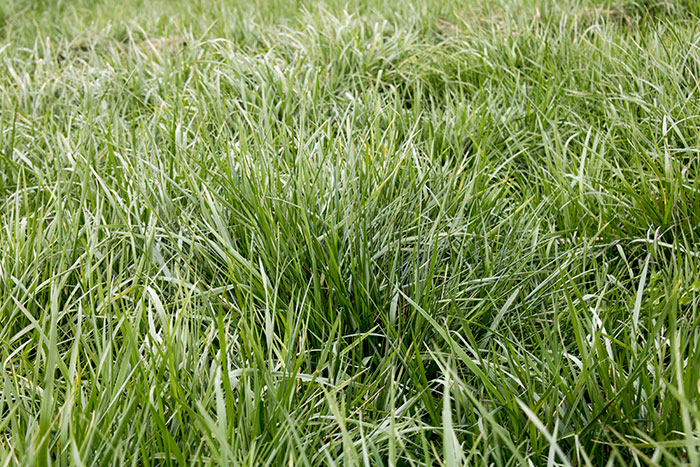
The cost of feed is the highest expense on any operation, specifically when winter feeding. Producers typically utilize hay to meet cattle’s nutritional requirements during the winter, but producing hay with a high enough forage quality to meet those needs proves to be a challenge.
Chris Teutsch, forage extension specialist at the University of Kentucky, argues that stockpiled tall fescue is an option that has a higher nutritional value to meet winter cattle needs. He provides helpful steps to optimize stockpiled tall fescue in the Kentucky newsletter Off the Hoof.
“Choose a strong tall fescue sod in a field that is well drained,” Teutsch starts.
A healthy stand will lead to improved yield response to nitrogen application. Good drainage will ensure that stockpiled forages can be grazed without substantial hoof damage during the wetter months.
Before applying nitrogen, clip pastures to 3 to 4 inches; this removes old growth and boosts the forage quality of the stockpiled grass.
In late August to mid-September, apply 60 to 80 pounds of nitrogen per acre.
“Applying nitrogen too early can stimulate warm-season grass growth in pastures, while applying it too late lowers dry matter yield,” Teutsch explains. He also advises to drop the rate to 60 pounds per acre when applying in mid-September.
Don’t graze until mid-December to allow time for growth to accumulate. If needed, feed hay during late summer and fall.
Since legumes lose quality at a faster rate than grasses, graze stockpiled pastures that contain legumes first to minimize losses.
To maximize grazing days, strip graze the tall fescue. “Ideally, allocating only enough stockpiled grass for two to three days will increase grazing days per acre by 30 to 40 percent,” Teusch elaborates.
Get a jump-start on future grazing by frost seeding legumes on grazed areas. Broadcast the seed as the pasture is grazed. This practice can enhance soil-to-seed contact and improve establishment success.

Kassidy Buse was the 2018 Hay & Forage Grower summer editorial intern. She is from Bridgewater, S.D., and recently graduated from Iowa State University with a degree in animal science. Buse is currently attending the University of Nebraska-Lincoln pursuing a master’s degree in ruminant nutrition.

